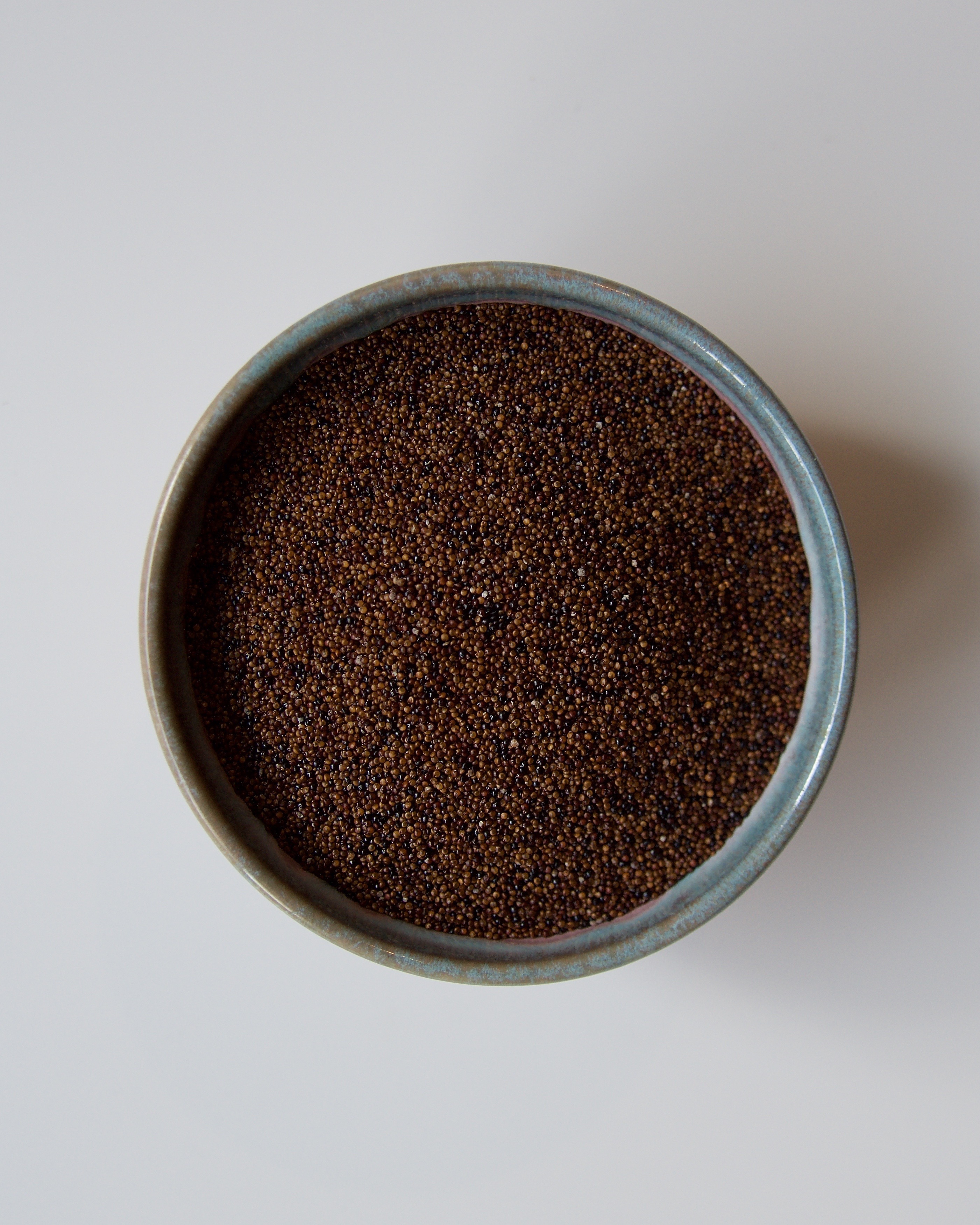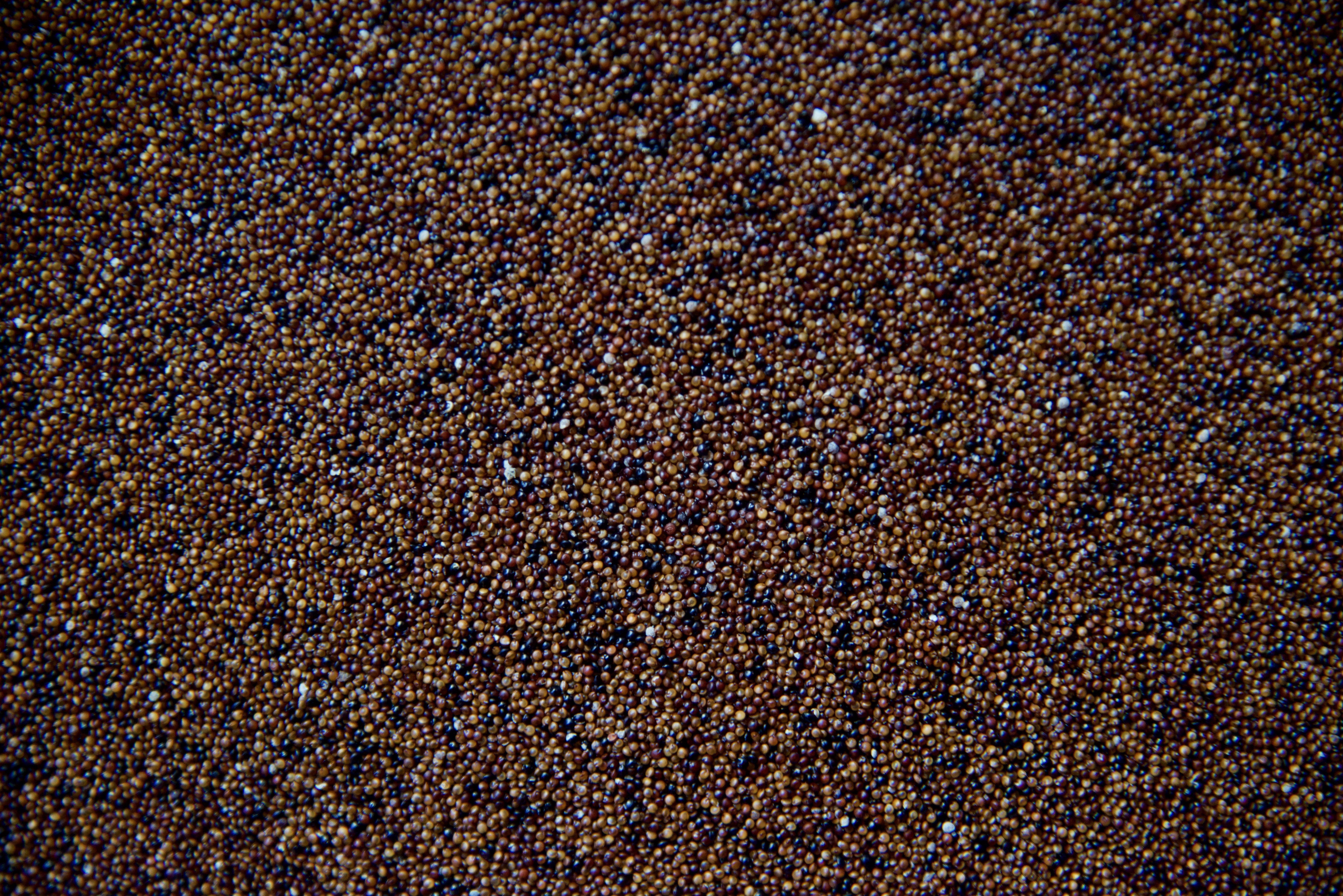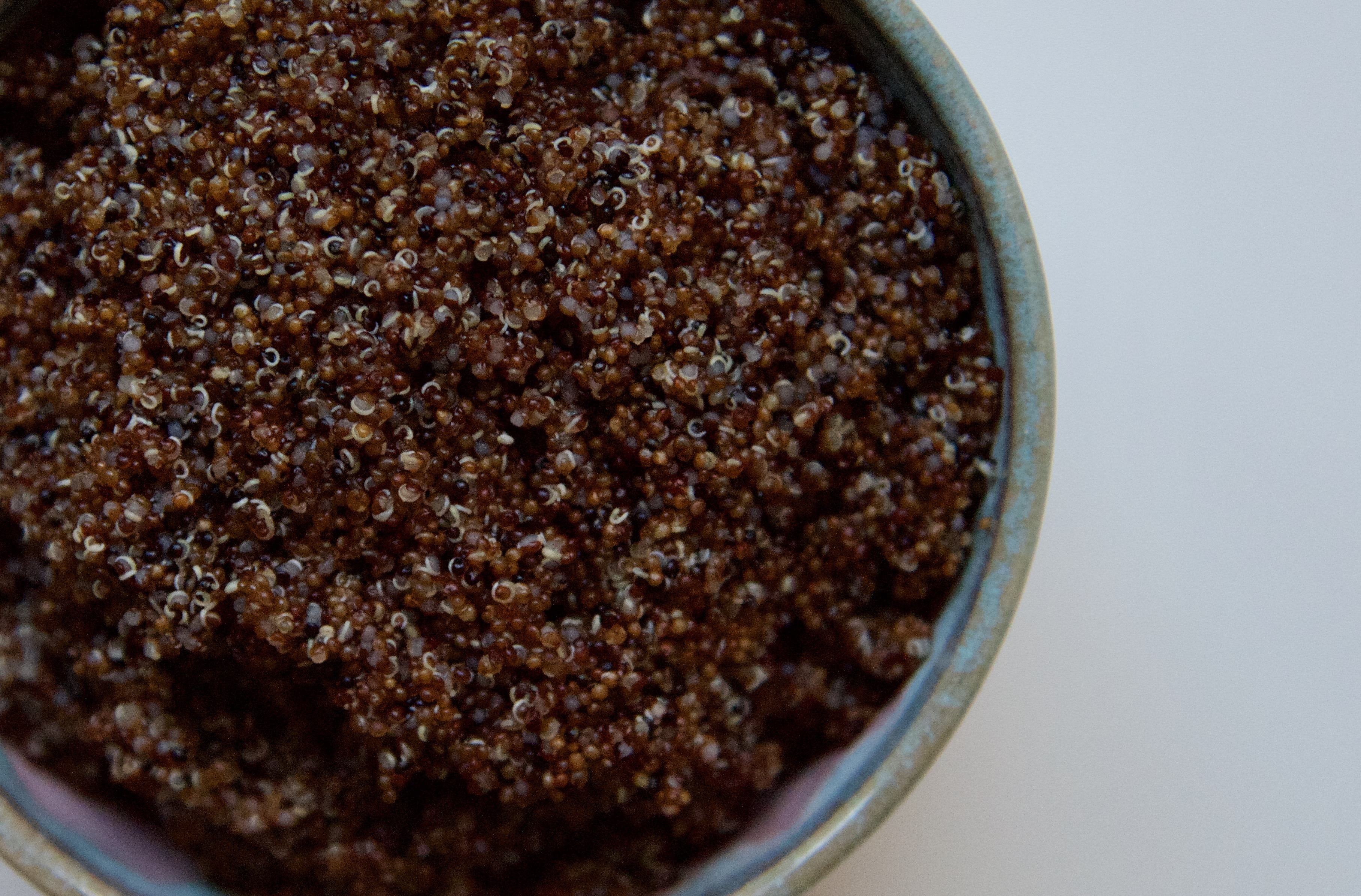This New Baby Quinoa Is So Cute
Chenopodium pallidicaule, also known as cañihua and kañiwa, is a species of nutrient-rich goosefoot grain native to the Andes, which is similar in character to quinoa but half the size. Recently, it’s been popping up on supermarket shelves at specialty food stores in the United States and Europe– and with good reason.
Known colloquially as “baby quinoa”, kañiwa is smaller, crunchier, and higher in protein than quinoa– and it’s much less likely to be genetically modified when you buy it because the plant can resist low temperatures and high altitudes (it’s considered the most resilient grain crop in the world). This, in turn, makes kañiwa a safe bet for subsistence farmers– plus, it has all the health benefits of quinoa and more.
Peru is one of the most important agricultural centers in the world in terms of preserving genetic diversity of plants. Some of the world’s most diverse, unique, and nutritious grains, legumes, and fruits are produced here; kañiwa is merely the latest crop to be introduced to an American public who is increasingly concerned with the glycemic index.
Zocalo Gourmet’s kañiwa is source from Peru and is classified as a Rooted Food— “authentic, native foods created by small, community-based producers” whose crops represent “a community, a region, and a way of life.”
By purchasing Rooted Foods, consumers directly strengthen the economic, social, and environmental fabric of that community. (This particular kañiwa is sourced from El Altiplano, a company who works with over 160 producers who grow native grains in the Altiplano of the Peruvian Andes. They provide a seed bank, organic certification, low interested loans, profit-sharing, and a secure market at fair prices. By introducing organic farming techniques, the company has increased yields and offset some of the serious challenges arising from Climate Change in the region.)
Gluten free, high in protein, and half the size of quinoa, kañiwa has a nice crunchy texture and an earthy flavor that works well with vegetables, fish, and in stir fries, stews, omelettes, and salads. But it’s also a slightly healthier version of quinoa itself: kañiwa is technically a seed, not a grain, and is a rich source of lysine, an amino acid that is one of the key components of collagen.
Kañiwa is also high in iron, magnesium, Vitamin E, B vitamins, zinc, and phosphorous. It cooks just like quinoa: cook one part grain with three parts water with a dash of salt, bring to a boil, then lower to a simmer and cook 30-40 minutes with minimal stirring. With its sweeter, nuttier taste, baby quinoa is ideal for use in grain bowls, stuffing, porridge, and more.
Like baby avocados, much of the novelty comes from size– and the fact that unlike quinoa, you don’t have to rinse it before cooking. We like mixing it with chopped sweet potatoes, sautéed spinach and mushrooms, dulse flakes, tamari, sesame seed oil, salt and pepper and chili flakes to make a healthy vegetarian lunch. Either way, however you prepare it, “Baby quinoa” is easy to make and tasty to boot– and with a name this cute, what’s not to love?
Love healthy cooking? Read our stories on edible algae, the new wave of all-black superfoods, or revisit our spotlight on mesquite cactus flour.





































